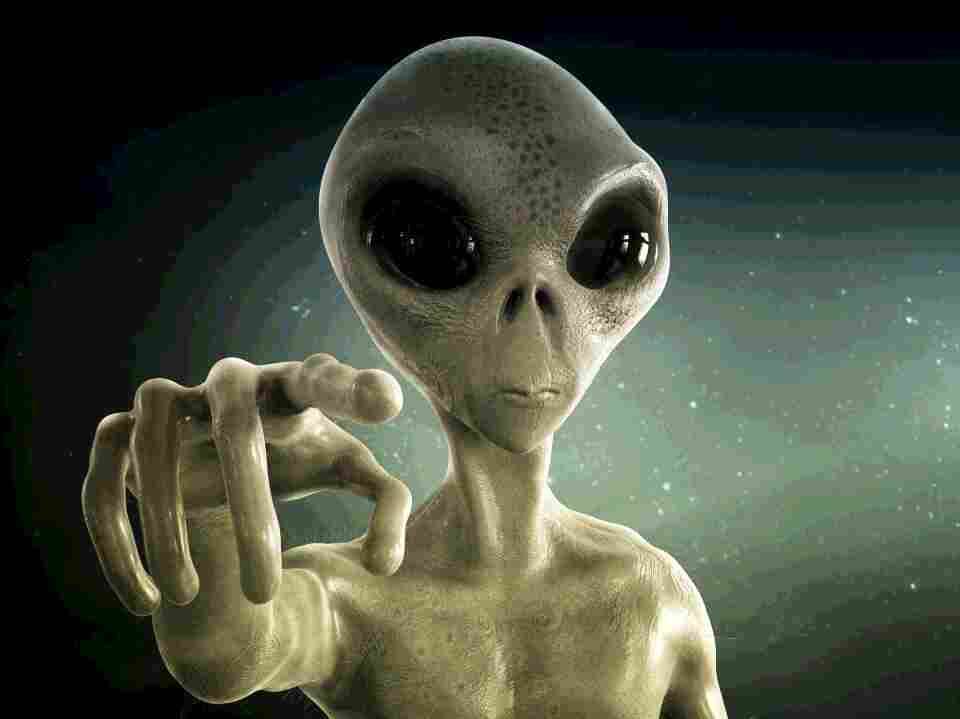Technology
Humans may be aliens after scientists claim life on Earth may have come from planet trillions of miles away

LIFE on Earth may have come from a planet trillions of miles away, scientists suggest — meaning that we may be aliens.
The chemical “building blocks” of our DNA have been detected for the first time in asteroids that hit our planet billions of years ago.
GettyScientists have discovered life on Earth may have come from a planet trillions of miles away — meaning we could be aliens[/caption]
It means the seed of life was probably planted here from elsewhere in the universe — and humans could be thriving on other planets far, far away.
Samples from three carbon-rich meteorites, called Murchison, Murray and Tagish Lake, were analysed using top techniques.
Prof Yasuhiro Oba, of Hokkaido University, Japan, said: “We found a diverse range of organic materials, including nucleobases — our basic building blocks of life.
“These could have been delivered to the Earth on asteroids, meteorites, comets and interplanetary dust particles four billion years ago when our planet was being bombarded by debris from outer space.
READ MORE ON ALIENS
“We believe the influx of these organics played an important role in the evolution of life on Earth.
“This is a very exciting discovery which expands our understanding of how life started.
Two types of chemical building blocks, or nucleobases, are needed to form DNA and RNA — the basis of life on Earth.
These are called pyrimidines and purines.
Most read in Tech
Previously, only purines have been identified in meteorites.
Read More on The Sun
But Prof Oba’s team detected pyrimidines in lab experiments simulating conditions in the interstellar media — the space between stars.
The findings are in a new study published in Nature Communications.

